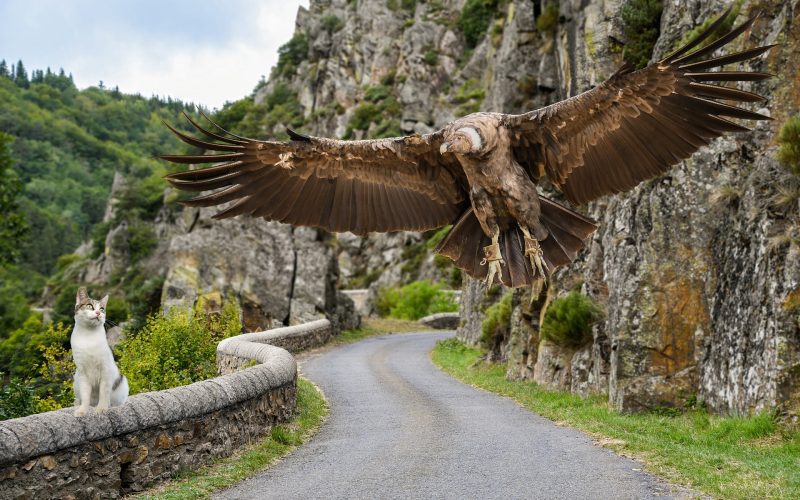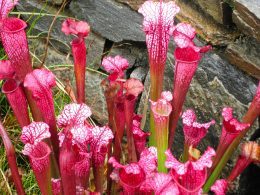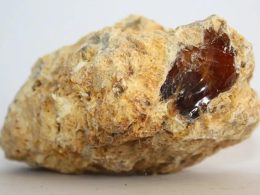The California Condor is one of the world’s most critically endangered bird species, with only a few hundred remaining in the wild. Sadly, the latest news reveals that multiple condors have died due to avian influenza or bird flu. This devastating revelation has sent shock waves through conservationists and wildlife enthusiasts alike as they scramble to find ways to protect these majestic birds from further harm. In this blog post, we’ll delve into what caused this tragic situation and explore possible solutions for saving these magnificent creatures from extinction.
What is the California Condor?
The California Condor is a bird species that belongs to the New World vulture family. These majestic birds are known for their large size, with wingspans of up to ten feet, and distinctive black feathers that contrast sharply with their bright red heads. The condor’s diet primarily consists of carrion or dead animals, which they locate using their excellent sense of smell.
The native habitat of the California Condor includes mountain ranges and coastal regions in central and southern California. However, overhunting and habitat destruction have led to a sharp decline in their population since the 19th century.
The decline was so severe that by the late 20th century, there were only twenty-seven wild condors left in existence. Thanks to intensive conservation efforts, including captive breeding programs, this number has now increased to around five hundred individuals.
Despite these gains, however, the California Condor remains one of America’s most endangered bird species. As such, it is crucial for us as humans to take steps towards protecting them from further harm if we hope to keep this magnificent creature from going extinct altogether.
The California Condor Threat
The California Condor Threat
The California Condor is a critically endangered species, with only around 500 individuals remaining in the wild today. The biggest threats to this majestic bird are habitat loss, poaching, and lead poisoning. However, a new threat has emerged – bird flu.
Recently, multiple deaths of California Condors have been linked to bird flu infection. This highly contagious virus can be spread from other birds or contaminated surfaces and can cause severe respiratory illness in infected condors.
One of the major concerns with this outbreak is that it could potentially wipe out entire populations of condors if not contained quickly. Given their already precarious status as an endangered species, any significant decline in their numbers would be devastating.
It’s important for researchers and conservationists to monitor the situation closely and take all necessary measures to prevent further spread of the virus among these vulnerable birds. Swift action is needed to protect these magnificent creatures from yet another deadly threat that they cannot overcome on their own.
What Causes Death in the California Condor?
The California Condor is facing a multitude of threats, but one of the most concerning is bird flu. This highly contagious disease has been responsible for multiple deaths among the condor population in recent years.
Bird flu, also known as avian influenza, is caused by a virus that primarily affects birds. The virus can be transmitted through direct contact with infected birds or their droppings, as well as contaminated surfaces and equipment. Once contracted, the disease can quickly spread throughout a population and cause severe respiratory distress.
In condors specifically, bird flu can be fatal due to their weak immune systems and susceptibility to respiratory infections. The symptoms include coughing, sneezing, lethargy and difficulty breathing which ultimately lead to death if not treated early on.
While efforts are being made to monitor and contain outbreaks of bird flu within condor populations, prevention remains the best strategy for protecting these endangered birds from this deadly threat. That means taking steps such as limiting human disturbance near nesting sites or feeding areas where condors might come into contact with infected birds or contaminated surfaces.
How Can We Help the California Condor?
The California Condor is a critically endangered species that needs our help. While there are no easy solutions to the challenges facing this majestic bird, there are several things we can do to make a difference.
One of the most important ways we can help the California Condor is by reducing human activities that harm their natural habitat. This includes limiting development in their habitats and working to reduce pollution levels.
We can also support conservation efforts aimed at protecting these birds from poaching and other forms of illegal hunting. By raising awareness about the importance of conserving this species, we can encourage people to take action and support programs focused on saving these birds.
Another way to help is by supporting research into new strategies for managing populations of California Condors. This includes developing new methods for monitoring populations, studying migration patterns, and analyzing genetic data.
Organizations like The Nature Conservancy offer opportunities for individuals to get involved in conservation efforts through volunteer work or donations. With your help, we can protect this amazing species from extinction and ensure a bright future for generations of Californians to come.
Conclusion
The recent deaths of several California Condors due to bird flu highlight the ongoing threat faced by this endangered species. While efforts have been made over the years to bring their numbers back from the brink of extinction, there is still much work that needs to be done.
It is important for all of us to recognize our role in protecting these magnificent birds and take action towards their conservation. By supporting organizations that work towards preserving habitats and reducing threats such as poaching and pollution, we can make a difference in the lives of these incredible creatures.
Let’s come together to ensure that future generations will be able to witness the majestic flight of California Condors in their natural habitat. The time is now; let’s act before it’s too late!












